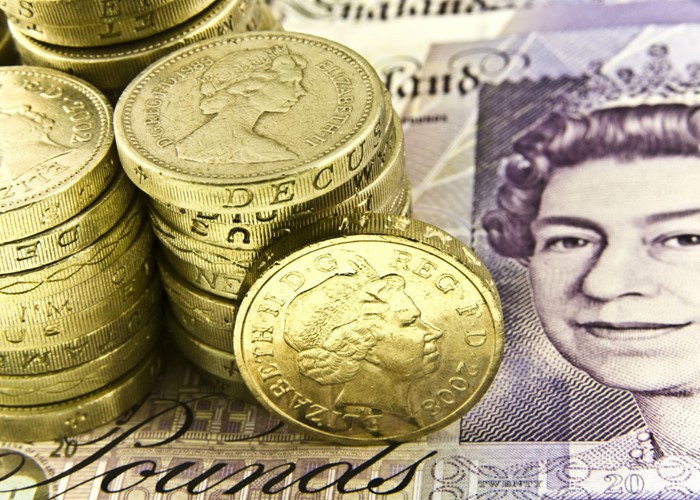
Here's how to create huge wealth by investing fairly modest sums and grabbing extra contributions from the government.
Earlier this month, in Pensions For All The Family, I wrote about my search for a first-rate pension to help me invest for retirement. After days of number-crunching, I decided that the best option was to open a DIY pension known as a Self-Invested Personal Pension, or SIPP. With a SIPP, I enjoy complete control, freedom and flexibility over which assets I keep inside this tax-free wrapper.
For the record, my research revealed that the Hargreaves Lansdown Vantage SIPP had the lowest charges of any SIPP. It has no set-up fees, no or low ongoing management fees, low share-dealing commissions, and offers deep discounts via the HL fund supermarket. You can order a brochure for this SIPP here.
At the same time as starting a SIPP for myself, I also opened one apiece for my young son and daughter. My intention is simple: to take advantage of many decades of growth to create financial security for my children by providing them with large pension pots. Indeed, if they decide to retire at, say, age 68, then my daughter has roughly 65 years to go and my son has over 62 years.
What's more, although neither of my children pay tax, they can still claim basic-rate tax relief on gross contributions of up to £3,600 per tax year. Thus, even though my children have never, ever paid tax, for every £78 that I contribute to their SIPPs, the government adds a tax refund of £22. In effect, paying into their pensions means £1 turns into £1.28 on day one, which is a 28% uplift.
So, by taking advantage of over sixty years of growth, plus tax relief, my modest contributions can produce spectacular results. For example, let's say that I decide to contribute the maximum £3,600 a year to my three-year-old daughter's SIPP for the next five years. If this grows at, say, 9% a year after charges, here's what she can expect to have at age 68:
Tax year | Net | Gross | Value at |
|---|---|---|---|
2006/07 | 2,808 | 3,600 | 975,045 |
2007/08 | 2,808 | 3,600 | 894,537 |
2008/09* | 2,880 | 3,600 | 820,676 |
2009/10* | 2,880 | 3,600 | 752,914 |
2010/11* | 2,880 | 3,600 | 690,747 |
Total | 14,256 | 18,000 | 4,133,920 |
*Note that basic-rate tax relief on pension contributions falls to 20% from the 2008/09 tax year onwards, which means that my net contributions will have to increase to £2,880 in order to invest £3,600.
As you can see, my contributions over five tax years total £14,256, or £18,000 after £3,744 of tax relief is added. However, growing at 9% a year after charges, this pension pot would be worth over four million pounds in 65 years' time. This neatly demonstrates the remarkable power of compound interest over long periods of time.
Alas, the big problem with the above calculation is that it doesn't take account of the impact of inflation, which is the tendency for the cost of goods and services to increase over time. So, let's assume that my daughter's pension pot grows at, say, 5% a year above inflation, which is similar to stock-market returns over the past century. At 68, her pot will be worth £390,150 in real terms, after adjusting for inflation. This could buy her a pension worth roughly £20,000 a year in today's money, which would be pretty useful.
Finally, unless I live to the grand old age of 104 years or thereabouts, then I'll be long dead and gone when my daughter and son come to claim these pensions more than six decades from now. Hence, I've decided to place my children's contributions into the cheapest, simplest stock-market investment available: an index-tracking fund. Armed with their index trackers, all my children need to do is sit back and wait for compound interest to work its magic -- assuming that the world as we know it still exists in 2072, that is!
More: Order your Pocket Guide to Surviving Retirement today!